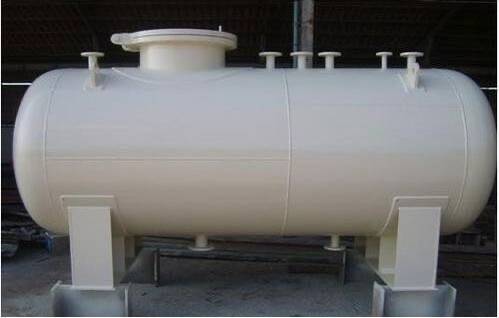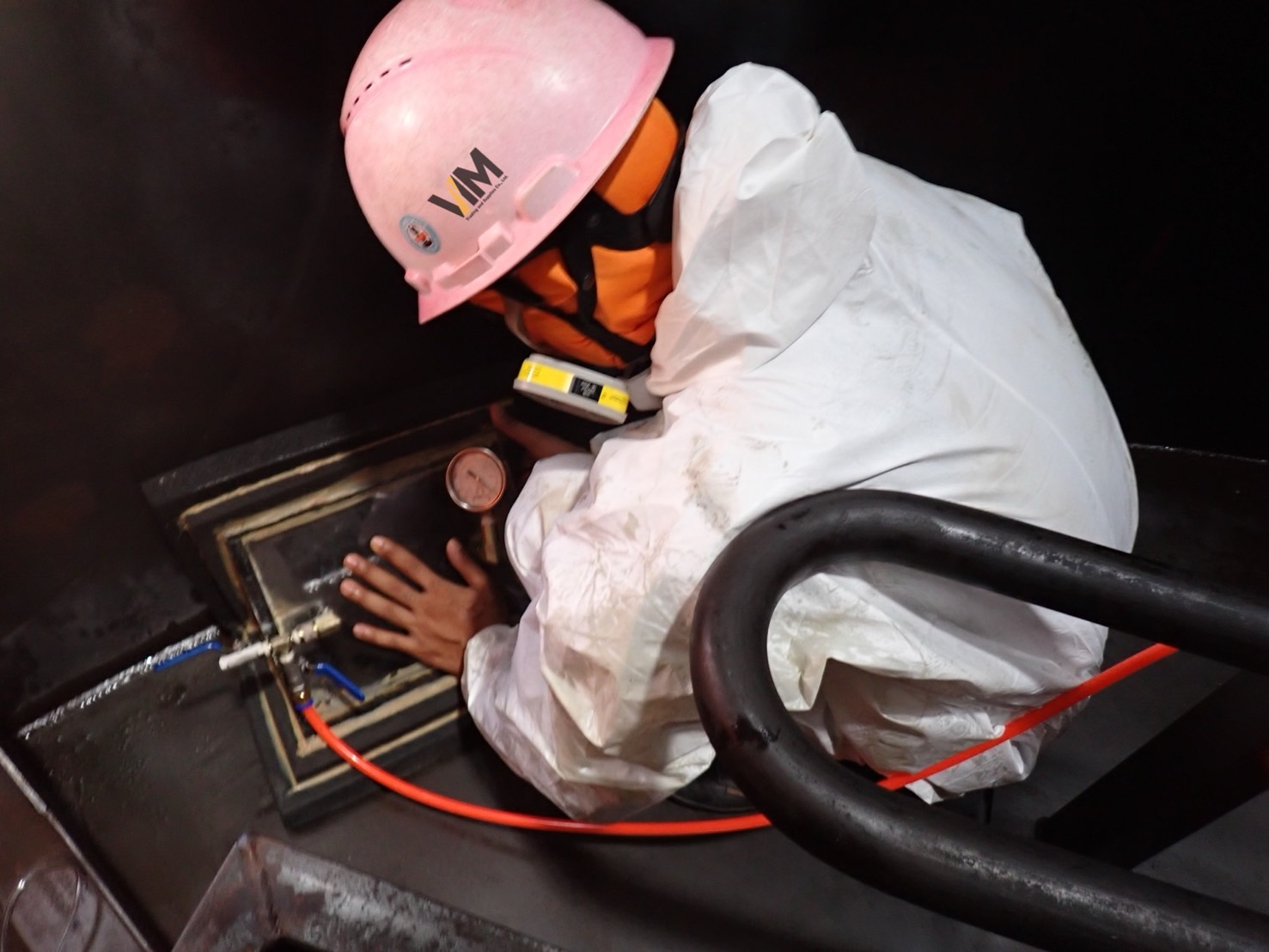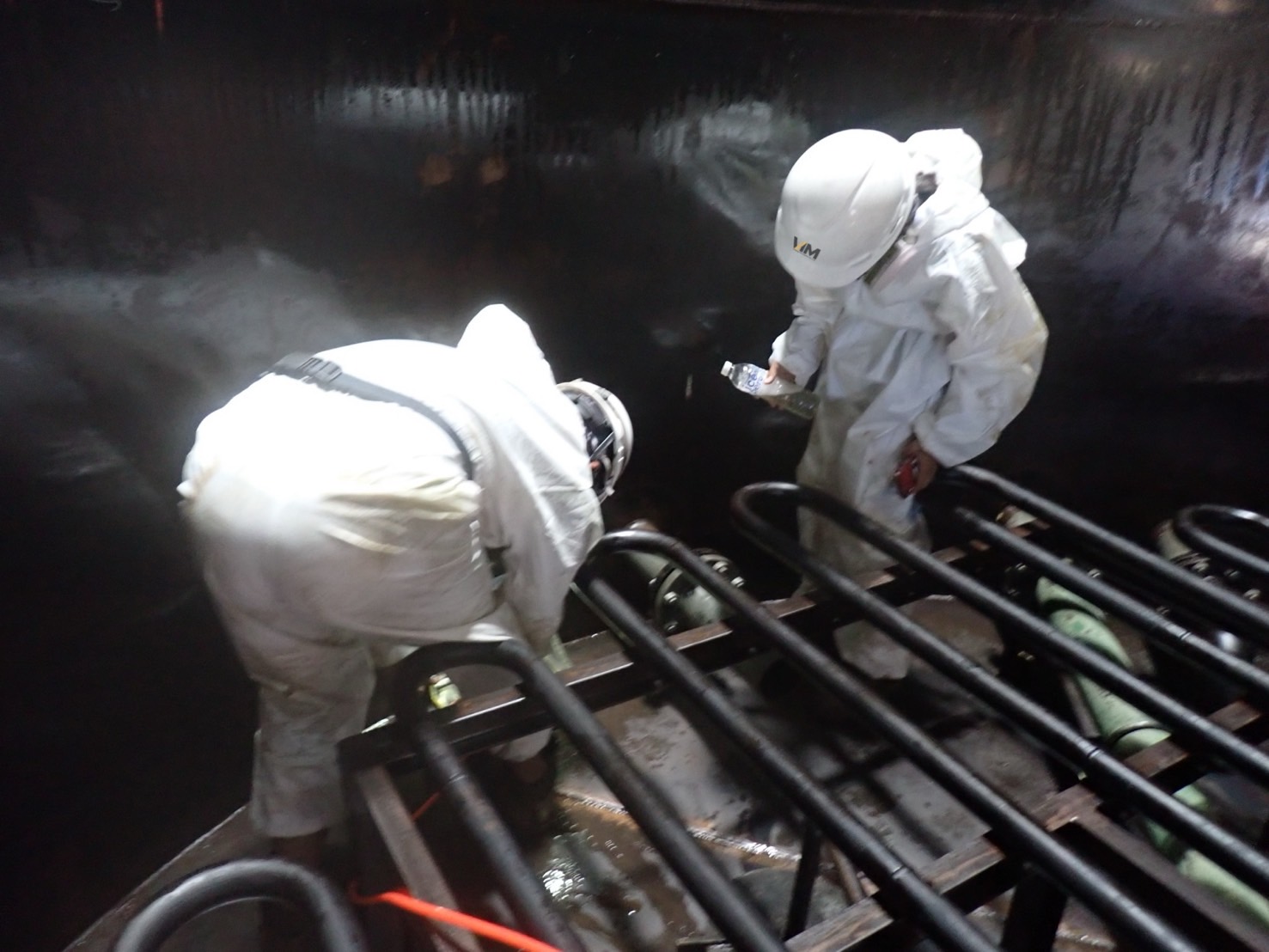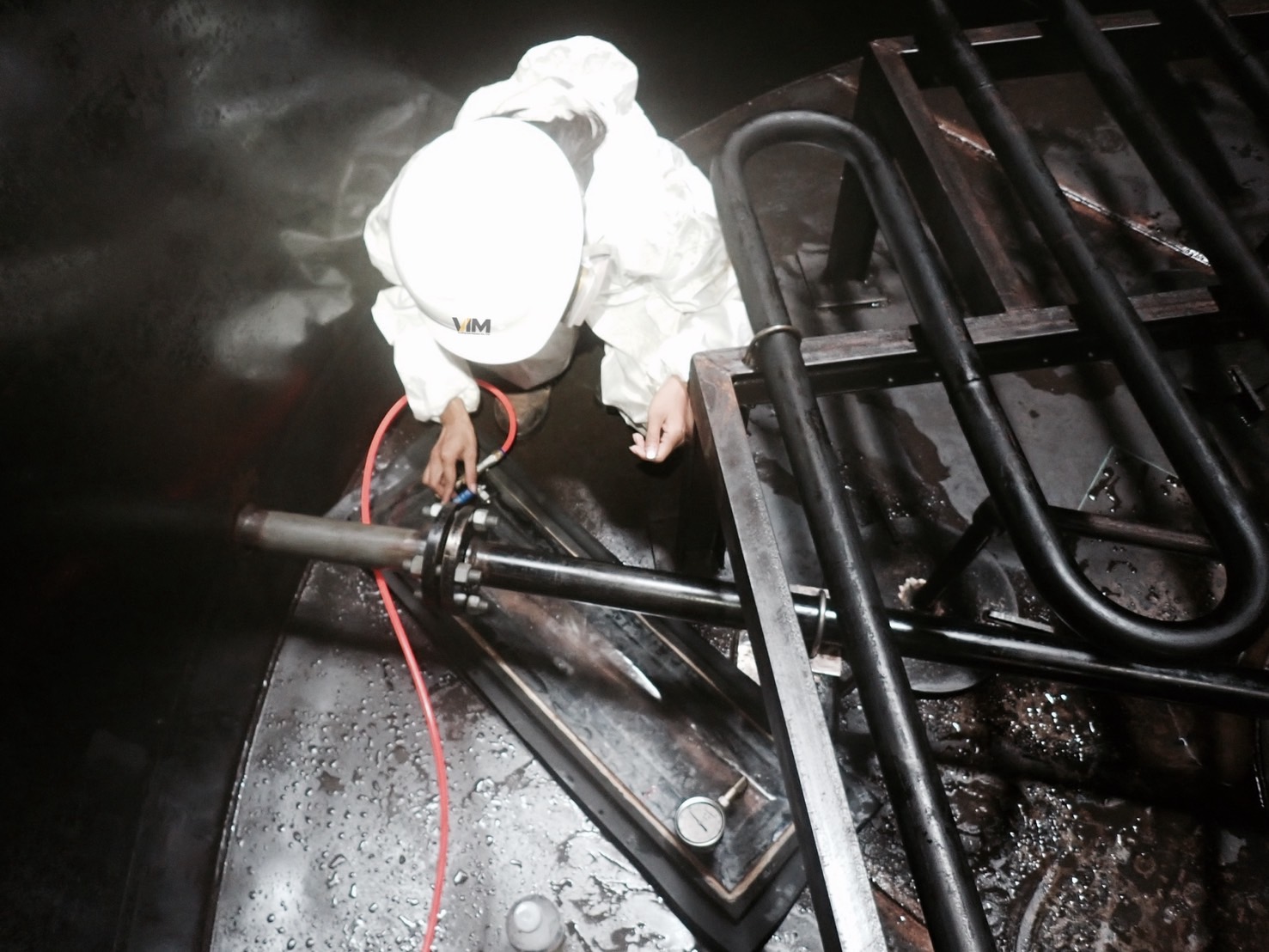Pressure Vessel Inspection
- Ensure safe operation of the pressure vessel
- Detect corrosion, cracks, leaks, or deformation early to prevent accidents
- Maintain operational efficiency and reliability of the system
- Comply with industry standards, regulations, and manufacturer guidelines
- Plan maintenance, repairs, or replacements proactively
Key Inspection Steps
- Preparation
- Review maintenance history and operational records
- Ensure inspection tools are ready (Ultrasonic, Thickness Gauge, Visual tools, NDT equipment)
- External Inspection
- Check vessel body for corrosion, dents, cracks, or leaks
- Inspect connections, nozzles, valves, and supports
- Check surface coatings and protective layers
- Internal Inspection
- Drain the vessel and open for internal inspection
- Look for corrosion, pitting, scaling, cracks, or deformation
- Inspect internal components such as baffles, trays, or supports (if present)
- Non-Destructive Testing (NDT)
- Ultrasonic Thickness Measurement (UTM):Measure wall thickness
- Visual Testing (VT):Detect surface defects
- Magnetic Particle Testing (MT) / Dye Penetrant Testing (PT):Detect cracks
- Radiographic Testing (RT):Inspect welds and internal structures
- Recording and Evaluation
- Record all defects, thickness measurements, and anomalies
- Evaluate vessel safety and remaining service life
- Prepare a maintenance or repair plan
- Maintenance & Repair
- Clean internal surfaces and remove corrosion or scaling
- Repair or replace damaged parts
- Test the vessel (hydrostatic or pressure test) before returning to service





